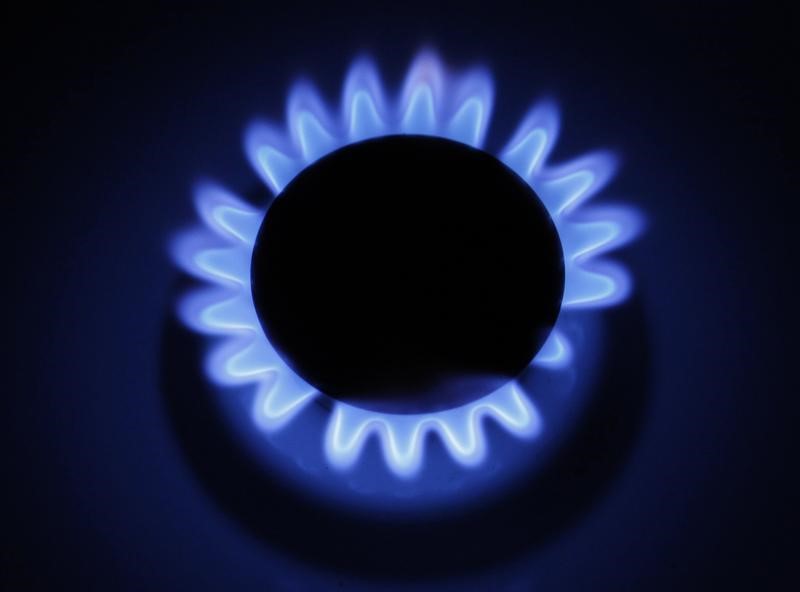Investing.com — After the best monthly return in a year, natural gas began July trading with a dip on Monday as producers concluded on-site maintenance, resulting in higher output. Some of the heat that had pervaded the south of the United States also let up, reducing gas-driven demand for cooling.
Most-active the New York Mercantile Exchange’s Henry Hub fell 8.9 cents, or 3.3%, to settle at $2.709 per mmBtu, or metric million British thermal units.
The benchmark gas futures rose 2.5% last week and 24% last month, the most for a month since June 2022. For the quarter, it was up 26%. For the year though, gas futures on the hub posted a loss of 37%.
PowerBurn up as LNG plants concluded maintenance
Monday’s trade reflected rebounding output as U.S. LNG terminals wrapped up maintenance in a bid to return to their 14.5 billion cubic feet per day, or bcf/d, capacity and meet the growing demand.
“As anticipated, production has continued to see increases as companies conclude maintenance before the holiday, rising 0.32 bcf/d,” analysts at Gelber & Associates, a Houston-based energy markets advisory, said in a note.
They added:
“We have seen a 0.24 bcf/d decrease in PowerBurn that we feel comes from both weather volatility and typical holiday dynamics. Heat has temporarily let up around the Texas area temporarily, which is reflected in regional PowerBurn metrics, and the upcoming 4th of July holiday puts additional downward pressure on demand.”
The one bright aspect for the trade remains feeds for liquified natural gas, or LNG, which hit a relative high at 13.12 bcf/d on Chinese demand, the Gelber note said.
China has been a consistent buyer of LNG despite the country’s fuel shortages having eased. One-third of this year’s global long-term LNG volume is signed to China, making it the top importer of the fuel.
“A leading narrative for China’s continued demand is LNG’s lower price volatility compared to other fuel sources,” Gelber’s analysts said. “Some speculate, however, that broad influence as LNG’s largest buyer would be a powerful geopolitical lever for China as the transition away from coal continues globally. Either way, the country’s consistent buying shows no sign of slowing.”
Read the full article here










